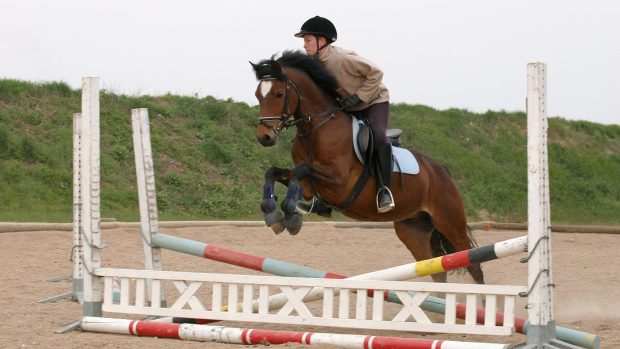Search for an equine vet
Short or long neck
The ideal length for a horse’s neck is one third of its overall body.
Vet and dressage rider Rachel Murray says: “A horse with a short neck may find it easier to ‘sit’ behind for dressage, but, for jumping, a longer length of neck is preferable as this helps with balance and the ability to bascule.
“While a long neck can create an elegant picture, it is also more difficult for the horse to carry himself. More weight at the front end can make the horse inclined to be on the forehand,” says Rachel.
Long back
“Any imbalance in the way a horse is built, for example a horse with a long back and short neck, will affect his balance and the way he moves and operates,” says Rachel.
Horses with longer backs will generally find it harder to collect.
A long back can make the horse more flexible, but straightness may be more of an issue.
Straight in the hindleg
“A horse that is straight in the hindleg may find it easier to ‘sit’ and engage, but, if its hocks are very upright, it is likely to be absorbing the compression through other parts of the body, for example by dropping the fetlock more or through the pelvis or lumbosacral junction,” Rachel explains.
Rotation of the limbs
Any rotation of the limbs in an adult horse will undoubtedly cause increased stress on the joints and tendons.
“For example, if a horse’s knees are close together, but its fetlocks turn out, the insides of the knees will be put under a lot of strain and there will be an increased risk of a tendon injury in this area,” says Rachel.
“As with any conformational fault, the right training regime and correct shoeing is crucial to ensure the horse’s long-term soundness.”
To find out more about conformational problems in horses don’t miss our feature in the current issue of Horse & Hound (27 January, 2011)
Find an equine vet



